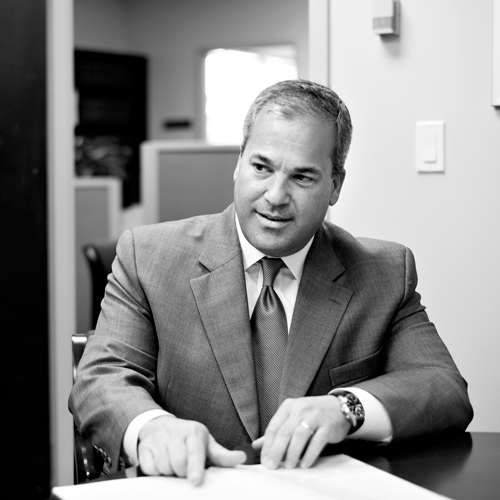When Jaime Heins joined Burton Snowboards, a Vermont-based snowboarding equipment and apparel company founded by snowboarding pioneers Jake Burton and Donna Carpenter in 1977, he saw that the company’s reliance on outside counsel during a series of acquisitions was driving up legal costs. “I stepped into the role at a time when Burton was on an acquisition path, and various people within the company were engaging and interfacing with outside counsel directly,” he says. “It quickly became obvious to me that we could do more internally, relying on team members who had mergers and acquisitions experience, like myself, while at the same time changing the way we interacted with outside counsel by creating a single point of contact.”
At the time, Heins was new to the company and didn’t want to be too forceful in his crusade for change. However, one thing worked in his favor—his own experience. After graduating from law school at the University of Pennsylvania in 1999, Heins returned to his native New York City, hoping to pay off his significant law-school debt by working in private practice. In the corporate finance group at Hughes Hubbard & Reed, Heins gained significant experience in mergers and acquisitions. A few years later, he applied that knowledge at Toll Brothers, a publicly held national home builder that was just beginning its transition to multifamily projects with the purchase of an urban infill builder based in Hoboken, New Jersey. Heins was involved in every step of the transaction and would still be there today, he says, if it weren’t for a transformational moment when he and his wife realized that they didn’t want to raise a family in New York City. Together, they headed to Vermont where Heins joined Burton with a new perspective coming from the city. “I let my general counsel know that we didn’t need to call counsel 10 times a day,” Heins says. “I had experience, and he could use me.”
Over the next few years, from 2005 to 2009, Burton’s legal department grew and relied less and less on outside counsel for assistance with its complex financing deals, acquisitions, and other tasks. “Doing more internally was just a natural evolution,” Heins says. He stepped into the general counsel role in 2013, at which point he sought advice from industry counterparts in similar shoes—namely, other general counsel at companies making products for consumers. “I asked about best practices,” he says. “And while there wasn’t a single recipe for managing a legal department—everyone has a unique situation, be it an industry or product line or initiative from above—one theme that bubbled up again and again was the importance of leveraging more internally. It was a natural product of the changing legal environment with internal budgets flattening or shrinking and outside counsel fees rising. It was clear to me something had to give.”
At the same time, Burton’s chief operating officer, to whom Heins reported, had undertaken a company-wide initiative to focus more on insourcing. “He was concerned that we had a number of vendors who were with us not because they were providing essential services but because they had been with us over a long period of time,” Heins says. “So he wanted to revisit every external relationship, reevaluate it, confirm a positive return on investment there, then negotiate the best deal possible.”
That initiative trickled down into the legal department, where Heins was already looking at insourcing, particularly when it came to spending on outside intellectual property (IP) counsel. “Trademark and patent work, in particular, are significant cost buckets with a lot of low-hanging fruit,” Heins says. That’s a result of the nature of Burton’s product line. The privately held company is the world’s leading snowboard manufacturer and also has a growing lineup of surfboards, equipment, accessories, and apparel. Historically, many of these products have been protected via patent, and the company has a broad portfolio of patents that serves many purposes. However, enlisting outside attorneys for their IP issues came at a premium. Hiring an in-house IP attorney became a priority for Heins, who brought the issue to the attention of senior management. “I presented it as an opportunity to generate cost savings in the mid- to long-term,” he says. “But I also pointed out its ancillary benefits. Having a lawyer integrated into the product development process would drive our innovation strategy and hopefully result in even more patents.” Heins eventually got his wish—in September 2014, Burton listed an opening for an in-house patent attorney.
More recently, Heins has been looking at brand protection and anti-counterfeiting measures. It’s hard to counterfeit a snowboard given the extensive capital investment to manufacture it, but now that the company is expanding its business in China and moving into lifestyle categories—such as apparel, backpacks, and accessories—Heins is seeing the potential for counterfeiting. To develop a brand protection strategy, he’s reached out to other brands and industry groups to share best practices. That advice is helping him develop an internal strategy to implement those practices and, most likely, increase staff in the future. “I could see us adding headcount down the road,” Heins says. And with that, bringing more work in-house for his now well-rounded team.
Editor’s Note: After press, editors were notified that Jaime Heins accepted a new position with Keurig Green Mountain. Modern Counsel wishes Jaime well in his new endeavor.


